Flowers that bloom at night are indeed unique. These plants have adapted to rely on nocturnal insects like moths for their pollination.
Many night-blooming flowers are white in color. Moths find white flowers more visible in the darkness, making it easier for them to locate and navigate toward the flowers' nectar-rich rewards.
So, as we talk about the captivating blooms of nocturnal plants, we'll also discuss pathway lights, wind chimes, and water fountains.
Let's unlock the secrets of the night and create a moon garden that celebrates the beauty of these extraordinary flowers.
1. Night-Blooming Jasmine
Night-blooming jasmine produces clusters of small, tubular, white flowers that release a heavenly scent at night.
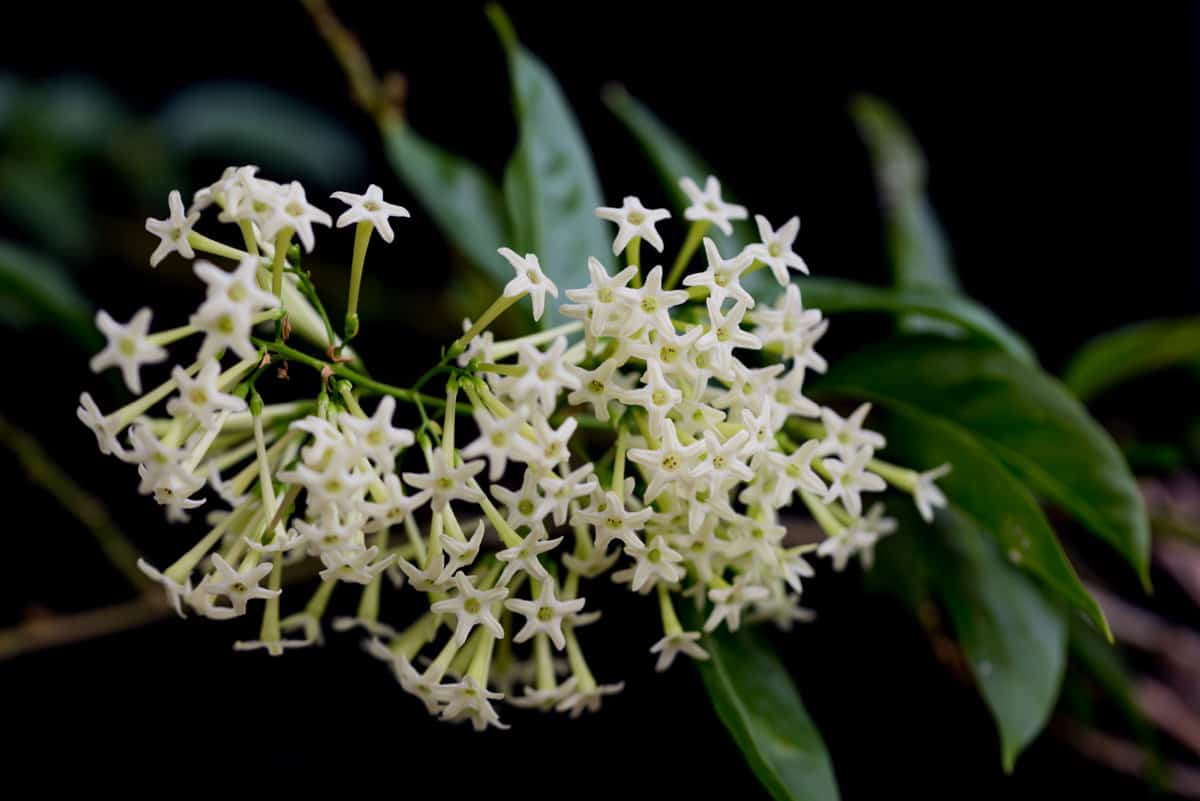
Remember to provide adequate water, especially during dry seasons. This shrub thrives in warm climates and prefers a tropical or subtropical environment.
Night-blooming jasmine can reach a height of 8 to 10 feet, creating a graceful presence in your space.
2. Moonflower
For a touch of magic and romance, consider adding moonflowers to your nocturnal oasis.
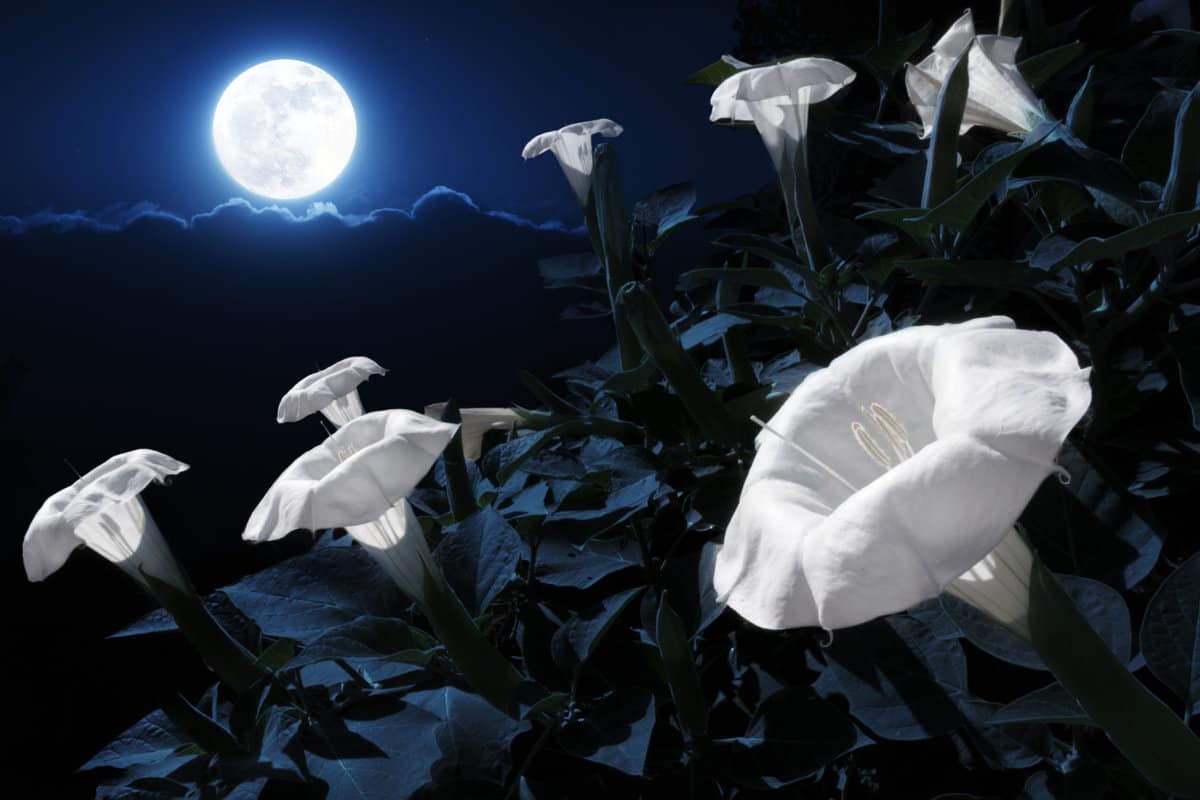
This vining plant features heart-shaped leaves with large trumpet-shaped flowers, revealing a pristine white hue that glows softly in the darkness.
The blossoms can reach a diameter of 4 to 6 inches. Plant them near a trellis or a wall and guide the vines as they gracefully climb.
Start the seeds indoors a few weeks before the last frost date, and transplant them outdoors when the weather warms up.
3. Night Phlox
This low-growing perennial plant features small, star-shaped flowers that open at dusk, releasing a nice fragrance into the air.

With its clusters of vibrant blooms in shades of purple, pink, and white, these fragrant flowers are the perfect choice for your moon garden.
It typically grows to a height of 12 to 18 inches, making it an excellent choice for borders or containers in your backyard.
Regular watering and deadheading spent flowers will encourage continuous blooming throughout the night.
4. Evening Primrose
This biennial plant produces vibrant yellow flowers that bloom from late afternoon to evening.

It can reach a height of 3 to 5 feet, adding a vertical element to your space and attracting nocturnal pollinators with its radiant blooms.
Once established, this hardy plant is drought-tolerant but benefits from occasional deep watering during prolonged dry spells.
5. Four O'Clocks
This plant opens its delicate petals usually between 4 and 8 PM and remains in full bloom throughout the night.
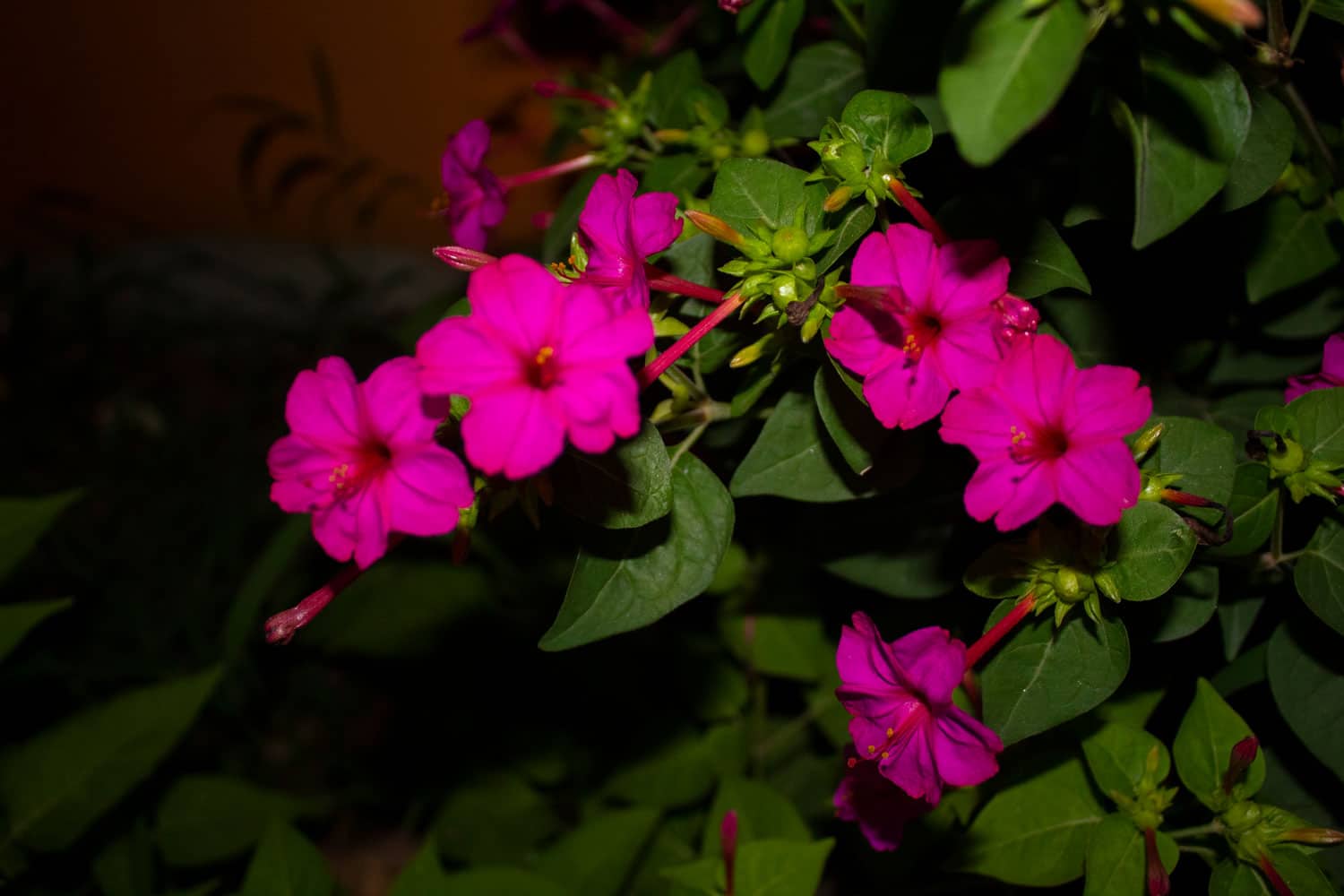
These versatile plants come in various colors, including pink, red, yellow, magenta, and white, adding an element of surprise to your oasis.
Four o'clocks can self-seed, so deadhead spent flowers if you want to control their spread.
6. Evening Stock
As darkness descends, these petite, pastel-colored flowers release an intoxicating fragrance reminiscent of cloves and vanilla.
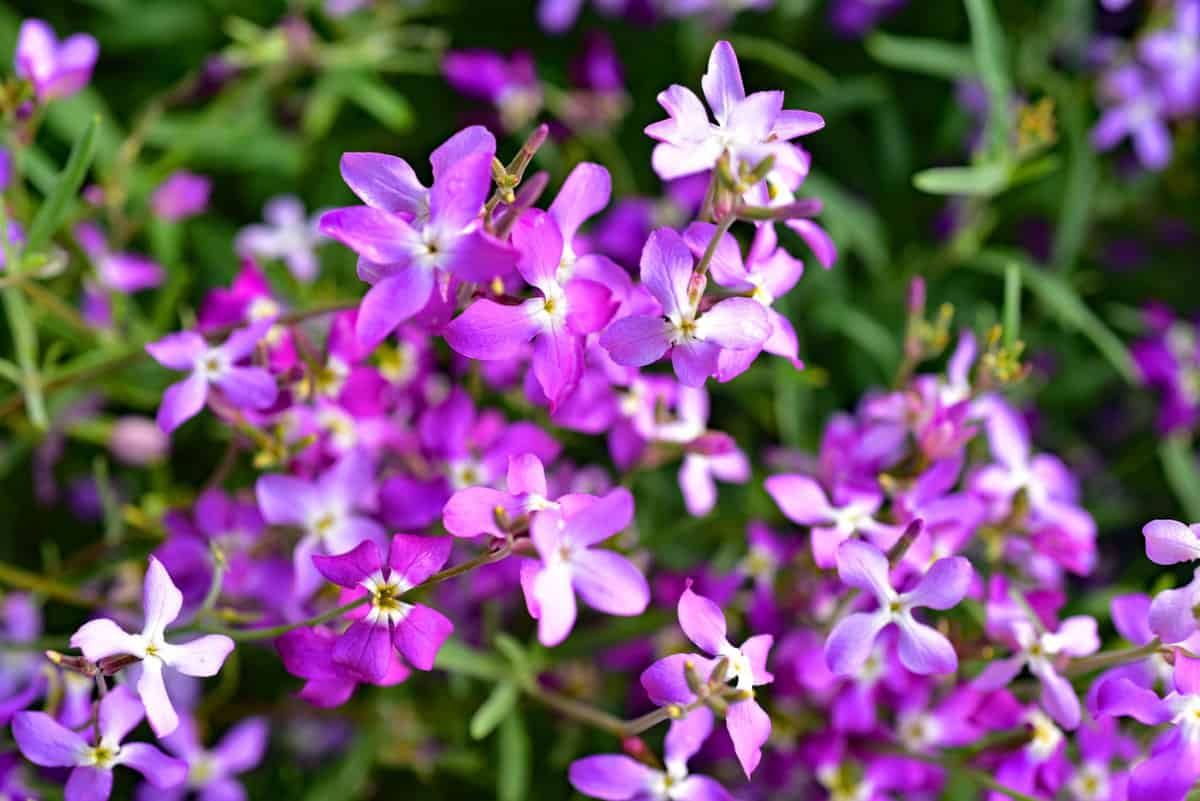
Their flowers come in shades of pink, lavender, and white, giving your space a beautiful tapestry of color.
Their slender stems bear clusters of blossoms that can reach a height of 12 to 24 inches, showing a lovely display in borders or containers.
Plant them near seating areas or along pathways to fully enjoy their delightful scent during your evening strolls.
7. Night-Blooming Water Lily
To add a touch of enchantment to a pond or water feature in your nocturnal oasis, introduce the exquisite night-blooming water lily.
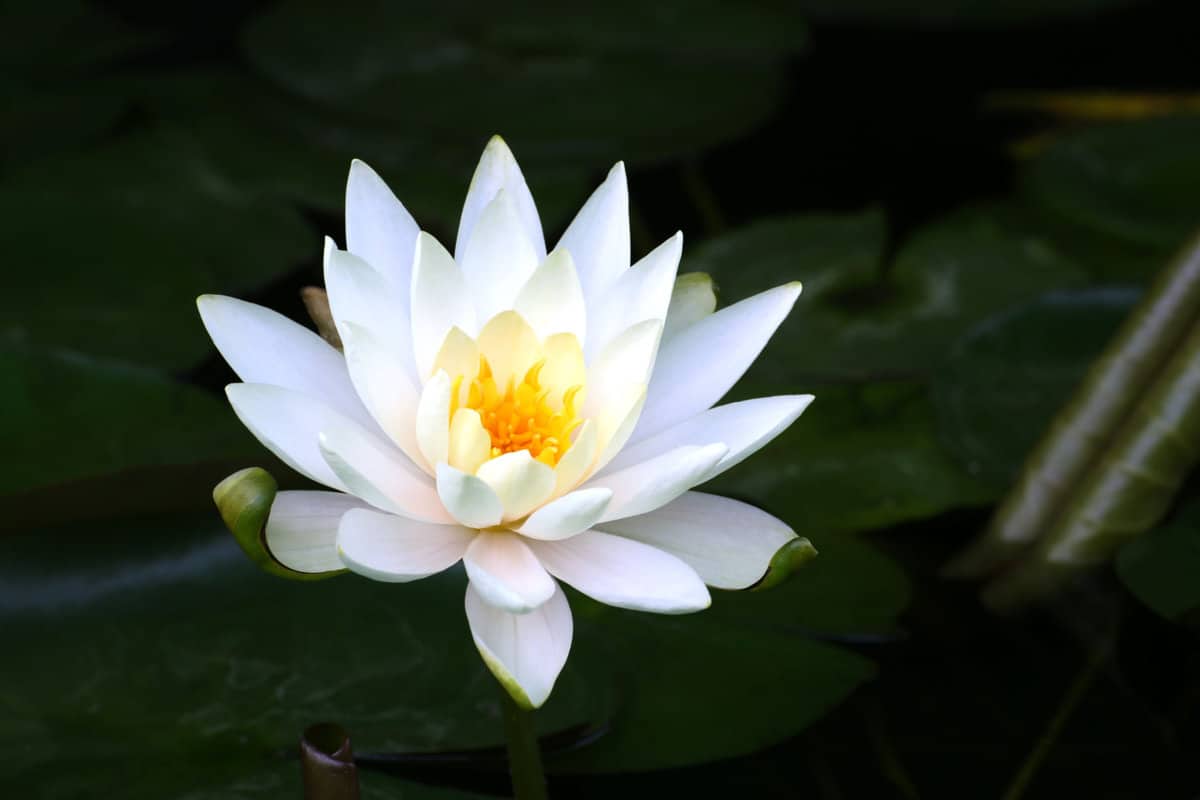
Their petals are white, pink, and red. As darkness emerges, these aquatic beauties unfurl their ethereal, fragrant flowers that float delicately on the water's surface.
Night-blooming water lilies require a pond or container with still water and ample sunlight.
Provide well-fertilized soil and place the lily in a position where it will receive at least 6 hours of direct sunlight.
8. Night-Blooming Nicotiana
This annual plant boasts trumpet-shaped flowers that open in the evening, releasing a sweet and intoxicating fragrance that fills the air.
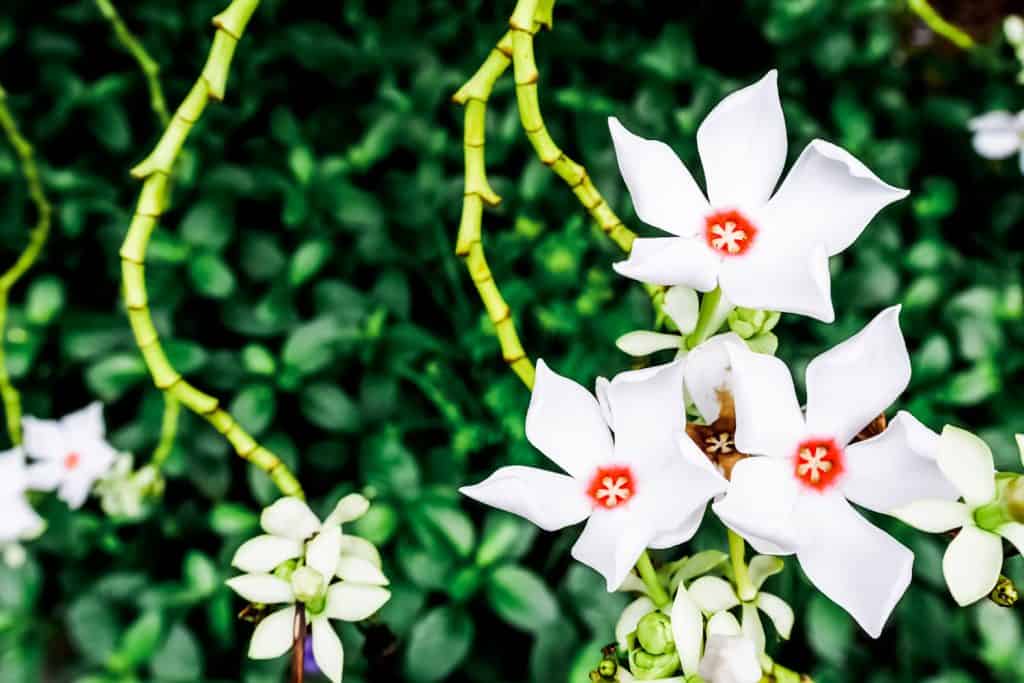
The flowers, which come in shades of white, pink, or lavender, add a touch of elegance to your garden.
Night-blooming nicotiana typically grows to a height of 3 to 5 feet tall, making it a vertical element in your moonlit garden.
It thrives in a sunny spot with well-drained soil. Sow the seeds after the last frost, spacing them about 12 inches apart.
Provide regular watering, especially during dry periods, to keep the plant's soil moist.
Enhancing the Nighttime Ambiance
To elevate your moon garden, you can add pathway lights, wind chimes, and water fountains; these elements create an enchanting ambiance.
Pathway Lights
To give your moon garden some charm, consider installing pathway lights that guide your steps and accentuate the beauty of your night-blooming plants.

Opt for warm-toned, low-intensity lights that mimic the moon's gentle glow. Position them strategically along your path for an illuminated trail.
Wind Chimes
Hang wind chimes near your night-blooming plants where the soft night breeze will create a soothing harmony.

Choose chimes made of materials like bamboo or metal that produce gentle, melodic tones.
Water Fountain
The gentle flow of water gives a soothing ambiance.
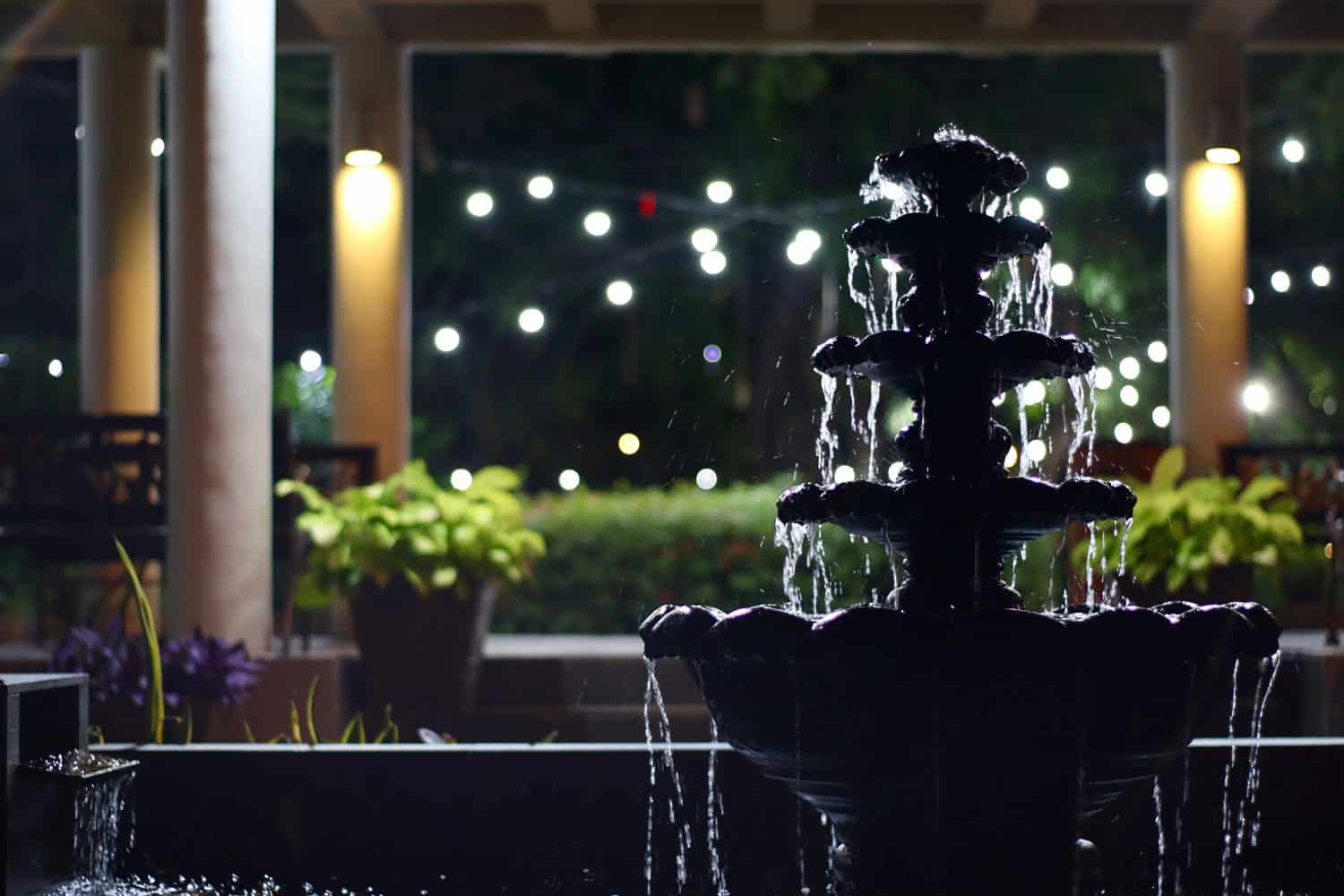
Choose a fountain with soft, cascading water sounds and place it strategically, ensuring it reflects the moonlight for a beautiful play of light and shadow.
Illuminating Nighttime Magic: Crafting a Mystical Moon Garden
Night-blooming plants add intrigue and wonder to your garden with their captivating blooms and fragrances.
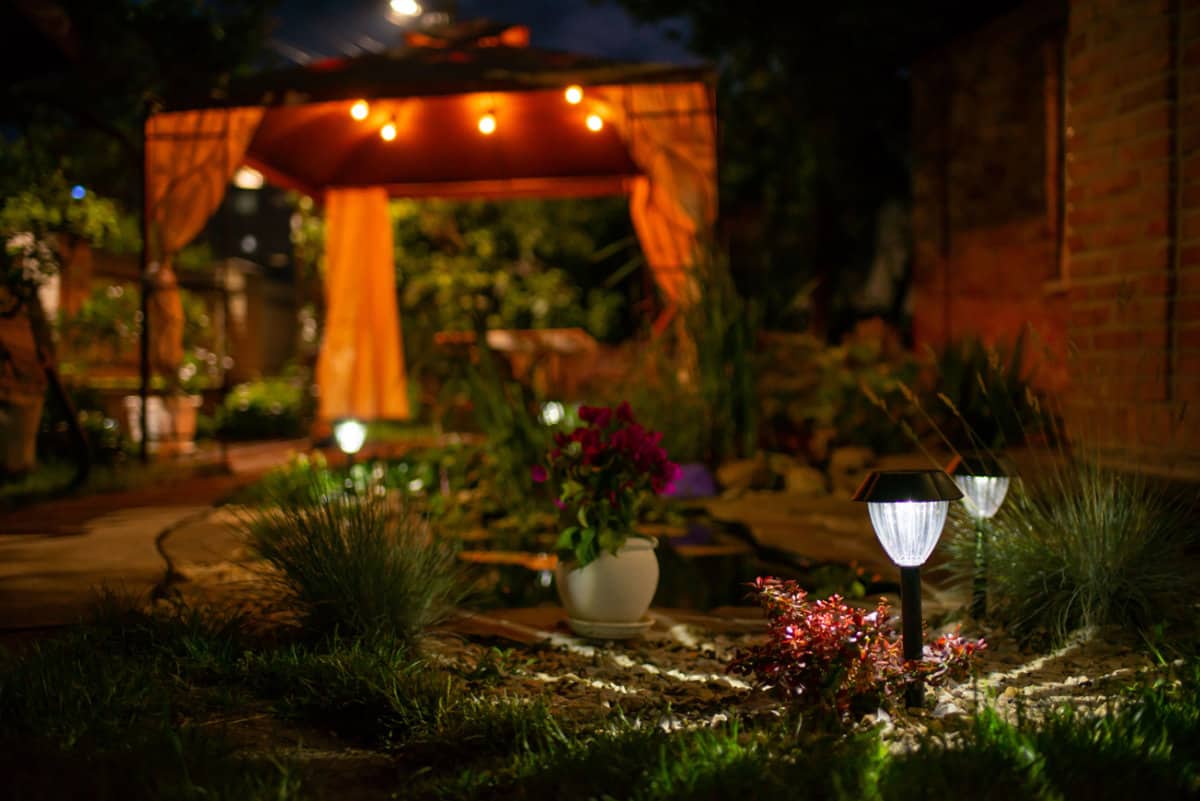
Pathway lights, wind chimes, and water fountains further enhance the garden.
By incorporating these elements, you get a magical space where you can appreciate the beauty of nature under the moon's gentle glow.
Read more:
Why Is My Night-Blooming Cereus Dying [And What To Do]?
10 Aromatic Plants That Can Make Your Garden Smell Undeniably Good
